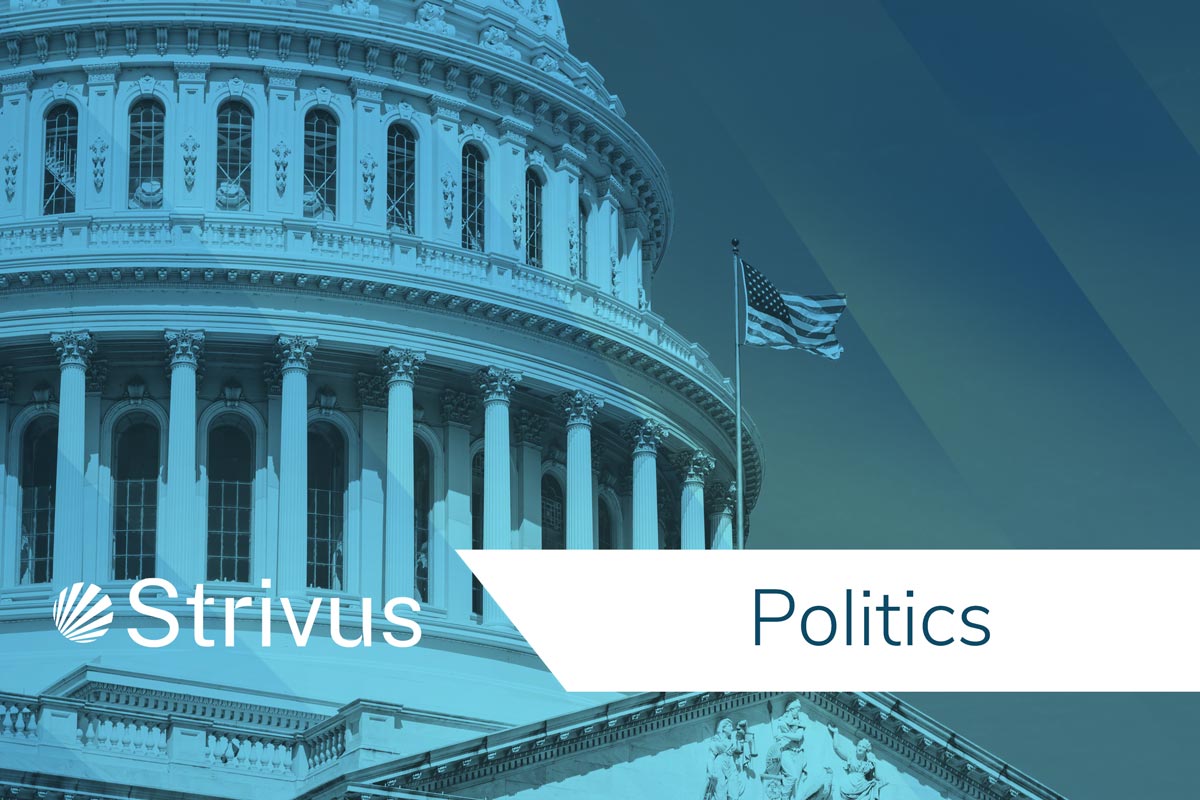Education

SECURE Act 2.0 Inches Closer to Law

For over two years now, we have tracked Congressional reaction to the sudden and unexpected onset of the COVID-19 pandemic. In Washington, the 2020 Congress produced two notable pieces of legislation, CARES Act and SECURE Act (now called 1.0). As 2022 unfolds, Congress is considering revisions to SECURE 1.0 in a Bill dubbed SECURE 2.0.
Uncle Sam claims to be in favor of the citizenry providing for themselves later in life. Financial behavior is easily influenced by Congress using the U.S. Tax Code. CARES and SECURE 1.0 made a large difference in taxation and financial self-reliance. We applaud the passage of both, and strongly support passage of SECURE 2.0.
Last week in the House of Representatives, a floor vote was taken on the House version of SECURE 2.0, and results were once again overwhelmingly positive, passing 414 to 5. The Senate version contains small differences and will require Reconciliation, as do most Bills. That should pose no obstacle, as overwhelming support spans both Houses of Congress. Also, some supporters of the Bill are retiring in November, and want this added to their credits before they leave.
There are several interesting highlights in the Bill, and individually most will affect only a small percentage of households. However, the cumulative impact is widespread and broad-based. Among the highlights:
- Further increased triggering age for Required Minimum Distributions (RMDs) from Qualified Retirement Accounts, this time from 72 to 73, with further future increases
- Expanded auto-enrollment into new ERISA (Employee Retirement Income Security Act of 1974) Plans (e.g., 401(k), 403(b))
- Indexed for inflation IRA Catch-up Contributions, which were statutorily fixed at $1,000 annually, as well as provided additional contributions for savers ages 62, 63, and 64
- Allowed Employer Plan participants to allocate employer matching funds to student loan repayments
- Expanded functionality of QLACs (Qualified Longevity Annuity Contracts), which can defer part of RMDs to a later age (deferring taxes on that part of the Account)
- Expanded individual ability to find lost retirement funds in various Plans via a national database
While about 80% of retirement savers draw on their RMDs of necessity, for those who don’t, SECURE 2.0 is a relief. Further, we hope that the new rules will stimulate additional contributions during working years. In Company-Sponsored Plans, employer matching funds will be required to be Roth-like funds, providing later tax-free income.
Summarizing, SECURE 2.0 is out of the starting gate with a substantial tail wind. We believe it will pass the Senate and be signed into law for 2022. Both sides could claim victory with passage, and in D.C. that is worth its weight in gold. Watch this Blog for updates.
Van Wie Financial is fee-only. For a reason.
